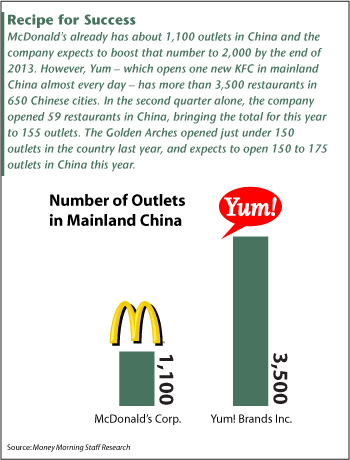From The Rational Walk:
George Risk Industries Resembles Buffett’s Dempster Mill But Lacks a Catalyst
Published on July 30, 2010 at 4:51 pm
One of Warren Buffett’s early investments during his partnership years was a small Nebraska company that manufactured windmills and farm equipment. The story of Dempster Mill Manufacturing in Beatrice, Nebraska is documented in great detail in Andrew Kilpatrick’s massive three volume set, Of Permanent Value: The Story of Warren Buffett. Mr. Buffett began acquiring shares of Dempster in 1956 and had a controlling interest by mid 1961. After gaining control, Mr. Buffett installed new management and dramatically improved the performance of the business. By 1963, performance had improved and the business was significantly overcapitalized with only 60 percent of assets utilized in the manufacturing operations. Through a reorganization that involved the sale of the operating business, excess capital was effectively returned to shareholders.
Revisiting George Risk Industries
We first profiled George Risk Industries in early January and noted that the company was massively overcapitalized and represented a potential bargain for investors. George Risk designs, manufactures, and sells a variety of products with 87 percent of revenue in the last fiscal year coming from security alarm related products. Please refer to the original profile for more background on the business along with a spreadsheet with several years of financial results.
Not much has changed since the original profile based on the company’s recently released 10-K report covering the fiscal year ending on April 30, 2010. Book value per share has increased to $5.42 per share at April 30 from $5.16 per share as of October 31, 2009 – the latest data available at the time of our original analysis. The company earned $0.30 per share for the fiscal year ended April 30, 2010 compared to $0.10 per share for the prior year which was depressed due to large investment losses. Net-net current assets (current assets minus all liabilities) was $5.22 per share compared to a recent market price of $4.50.
Swimming in Cash and Securities
Most notably, the company had cash and investments of $23.2 million on the balance sheet as of April 30 which exceeds the company’s current market capitalization of $22.8 million. The company has no long term debt. Based on the nature of the company’s operating business, it is doubtful that more than $3 million of cash should be required to run the business and provide for foreseeable contingencies. This would allow for a distribution of at least $20 million, or $3.95 per share, to be returned to shareholders.
The company earned $1.1 million in pre-tax operating income in fiscal 2010, which does not include income derived from investments. This income level is still depressed due to the sensitivity of the company’s alarm business to housing starts. While exact precision is not possible, it seems likely that the ongoing operating business might be worth $10 million, or approximately $2.00 per share.
Based on conservative assumptions, it seems reasonable to believe that George Risk could be worth approximately $6.00 per share from the combined value of the excess cash and securities on the balance sheet and the value of the ongoing business. This compares very favorably to recent trading levels between $4.25 and $4.50.
But George Risk Industries Isn’t Exactly Like Dempster Mill …MORE

 ...McDonald's already has about 1,100 outlets in China and the company expects to boost that number to 2,000 by the end of 2013. The Golden Arches opened just under 150 outlets in the country last year, and expects to open 150 to 175 outlets in China this year.
...McDonald's already has about 1,100 outlets in China and the company expects to boost that number to 2,000 by the end of 2013. The Golden Arches opened just under 150 outlets in the country last year, and expects to open 150 to 175 outlets in China this year.



 In the same skeptical vein, GE's SOIR is hovering near annual-high territory.. ....
In the same skeptical vein, GE's SOIR is hovering near annual-high territory.. ....